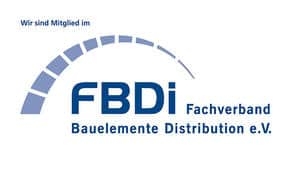source: Electronics Weekly news
uropean component industry is facing substantial difficulties in 2017 from proposed changes to EU chemicals regulations, says German component supplier and distributor body, the FBDi.
The concern is that new chemicals tracibility requirements to be imposed by the EU Commission and European Chemicals Agency will seriously impact the electronic component supply chain.
FBDi chairman, Georg Steinberger writes:
“As if the administrative burden posed by RoHS, WEEE or conflict minerals were not already significant enough, the FBDi believes that the amendment to the Chemicals Regulation by the EU Commission and ECHA (European Chemicals Agency) will result in a complete disaster and will impose a duty of disclosure on the entire electronics industry.”
The FBDi belives the new tracibiliy requirements will be “impossible” to administer given the range of chemicals involved in teh production of electronic components.“It is impossible to trace and administer information across hundreds of substances and millions of different products, extending all the way down to the materials chips and capacitors are made of.
“Even installing a chemical laboratory in every logistics centre would not solve the problem.”































